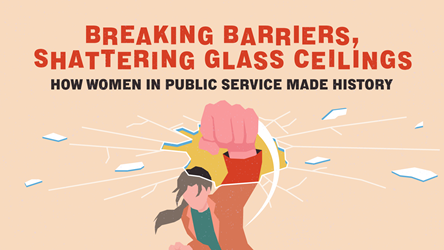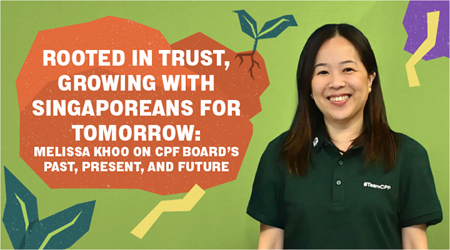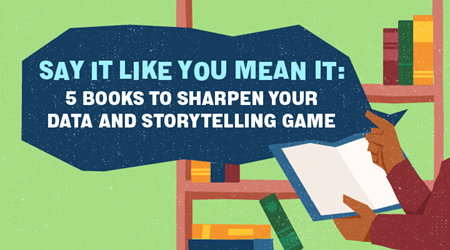From Physical To Virtual Classrooms: The Whys And The Hows
When Singapore’s circuit breaker first began, the Civil Service College (CSC) could no longer hold in-person classes. Learn how CSC continued to build public sector capabilities in a new way, making virtual learning a permanent part of career development along with in-person classrooms.
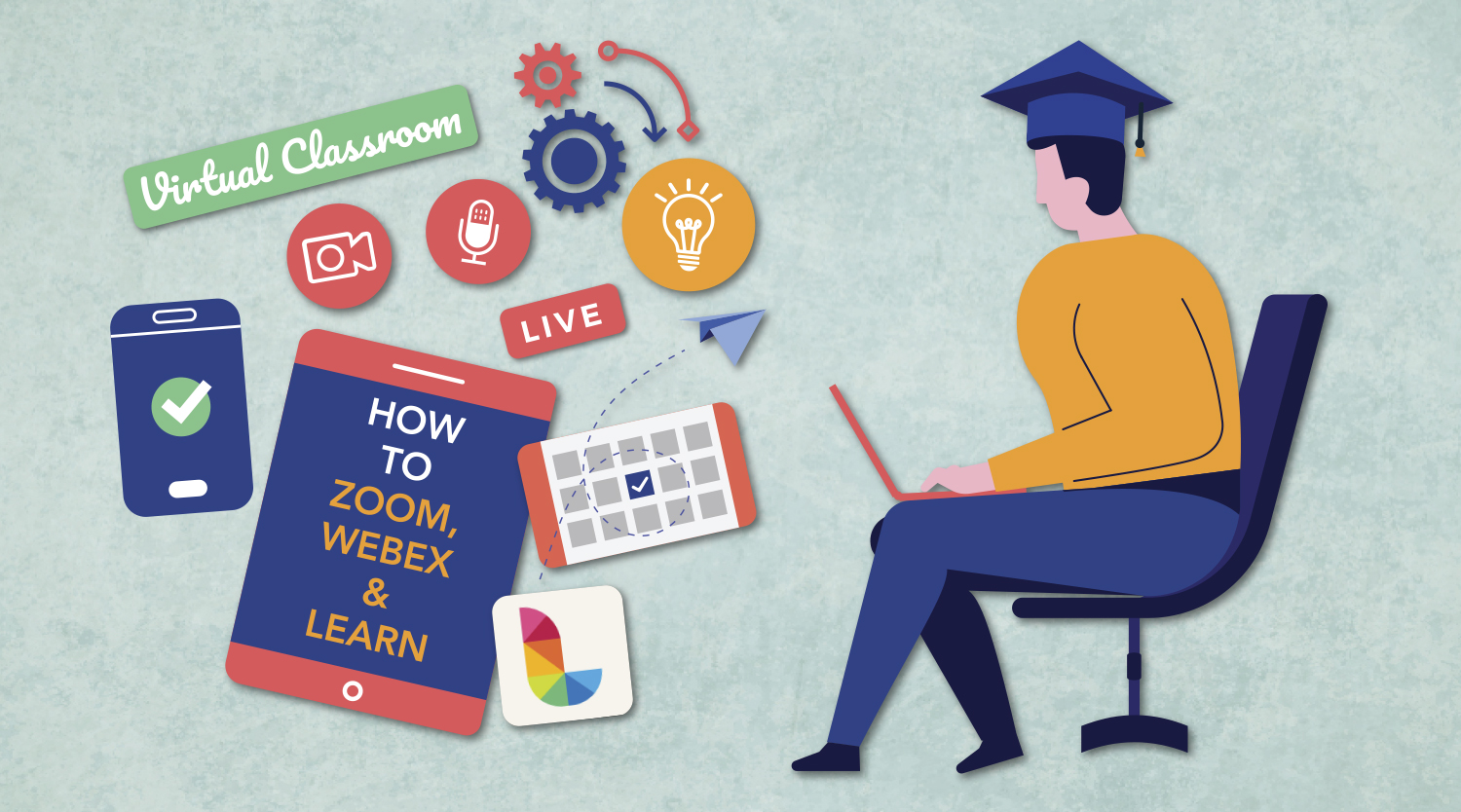
On the Internet, a popular joke points out that COVID-19 has accelerated digital transformation in all industries. It is no different for the Civil Service College (CSC), which faced an unprecedented situation: not being able to hold in-person classes during the nationwide circuit breaker.
As the Centre of Learning for the government, CSC needed to transform learning so that public officers can continually acquire new skills and competencies in the new normal. To continue meeting learners’ needs, CSC redesigned and launched many classroom programmes to be conducted virtually on platforms such as Zoom and LEARN-Digital Classroom from April 2020. Some programmes were adapted within a matter of weeks.
The LEARN-Digital Classroom
The LEARN-Digital Classroom (DC) platform, launched in 2020, complements CSC’s LEARN app by enabling an engaging and comprehensive learner experience with integrated interactive tools.
For key domain areas, in-person classes have already been adapted for the new normal, with all safe distancing and safety measures in place.
But virtual classrooms and webinars are here to stay at CSC. Now a permanent feature of CSC’s products and services, they will complement in-person classroom learning and e-learning via the LEARN app – in line with wider digitalisation efforts across the Public Service.
Virtual classroom learning has been comprehensively designed so that participants can still ask questions, get feedback on the spot, learn from others’ insights and experiences, and collaborate with other learners.
Converting Programmes into Virtual Classes
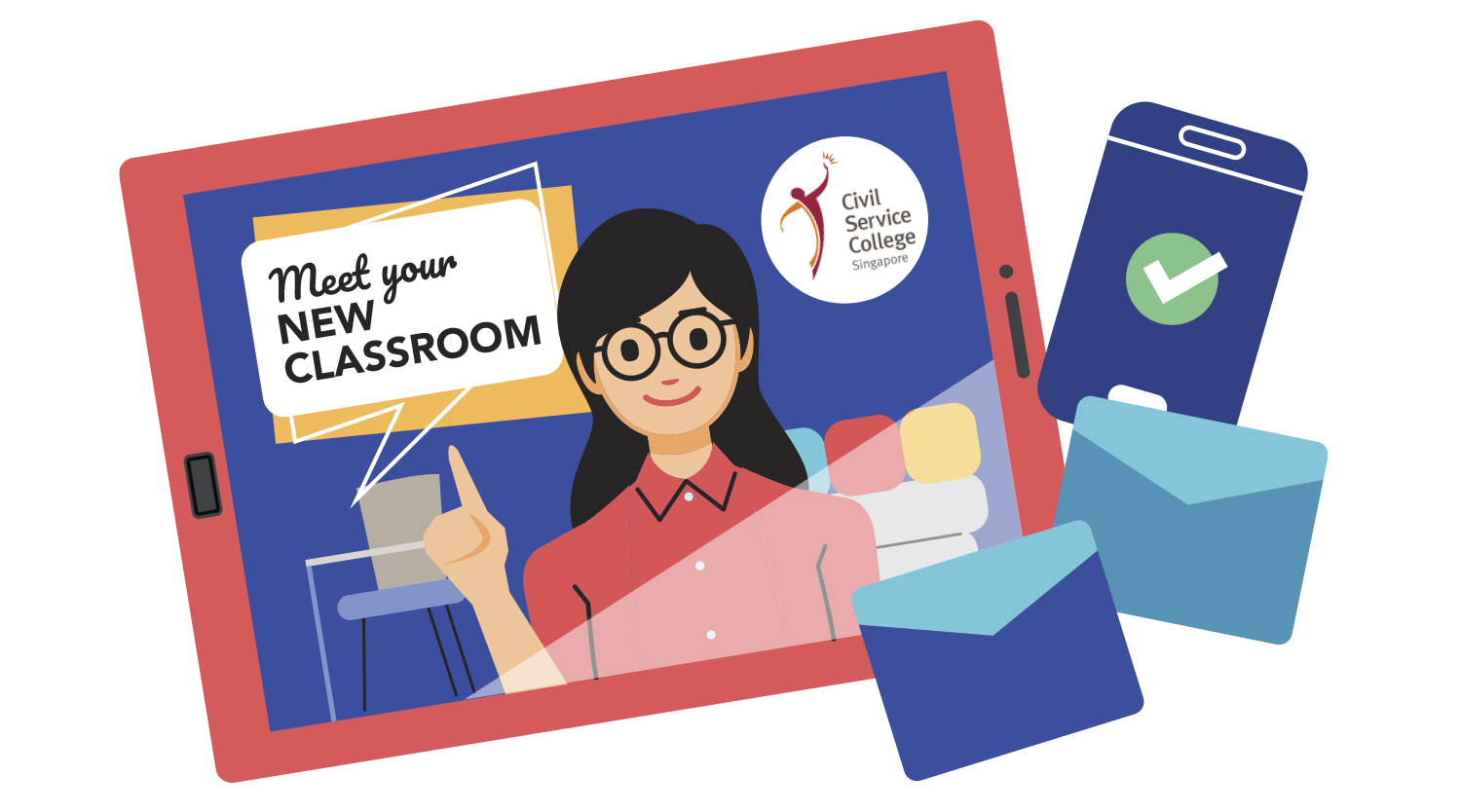
For CSC programme leads Christina Lee and Poh Sue Lin, an initial challenge was to overcome feelings of uncertainty, and change minds to believe that virtual classrooms could indeed work.
Christina says: “Our programme aims to shift the ‘affective domain’ – how can this be done without experiential activities that require the full self to be immersed?”
Without in-person activities such as classroom roleplaying, her team had to come up with innovative ideas to achieve a similar impact in the online space.
One way was to be more deliberate in selecting videos that can create an emotional connection with participants, or sharing more personal stories.
Her team is also partnering with Dialogue in the Dark to see how they can simulate the blind experience virtually to evoke empathy for persons with disabilities, and are experimenting along the way.

Training the Trainers
They also had to find trainers who were willing to experiment and understood why virtual programmes needed to be designed differently from face-to-face ones.
Sue Lin says: “We had to get trainers up to speed for virtual training and set up new SOPs for internal processes. We also created guides for our learners on how to use Zoom, as well as virtual classroom etiquette.”
Some programme trainers were sceptical at first about whether the learning outcomes could be achieved in the online space. Programme trainer Chua Bee Choo says: “I was initially worried, because I wasn’t very good at technology. I feared it.”
Fortunately, she had help from Christina to kickstart her first virtual class. Her group of trainer friends also encouraged each other, learning together by starting Zoom meetings with each other from home. “Everything moved very fast and we got started right away,” says Bee Choo.
As “first-timers” to virtual platforms such as Zoom or Microsoft Teams, Sue Lin adds, the CSC programme leads had to test and trial which platforms would work best for the learner experience.
They picked up knowledge and tips from each other, and attended online courses and events – both to learn content and observe how others deliver online sessions.
Managing Virtual Classes
Changing Roles
Trainers now record videos of themselves welcoming participants to the course, design activities and curate videos, and develop classroom materials as well as job aids to help learners continue learning after the course ends.
Course administrators have also stepped up, becoming hosts, tech experts solving technical issues and webchat agents who ensure a smooth experience so that participants can concentrate on learning, Christina adds.
“They are now deeply involved in welcoming participants into this new mode of learning – from the point when participants receive the course placement letter to the way they are received in the virtual space, till the end of the course.”
.jpg)
Keeping Participants Engaged Online
Going online meant that bonding in-person had to be replaced with greater engagement virtually.
To keep up the participant interaction, Christina’s tips are to make the sessions useful, keep them engaging and to use the right tools.
“We made sure that content is ‘chunked up’, changed up activities frequently, threw in frequent stretch breaks, and cut down the programme duration (for example, from two full days to two half-days).”
Sue Lin has designed activities that require participants to get up and search around the house for items to share back with the class. She is also trying out the LEARN-Digital Classroom platform for one of her virtual classes.
Designing a Social Space
To encourage conversations and contributions during virtual classroom time:
- Break the ice and keep participants engaged with online tools such as Mentimeter and Kahoot
- Intersperse learning with bite-sized content pieces and activities
- Use digital tools such as online quizzes, games and collaboration boards
On Zoom, use features such as breakout rooms, polls, whiteboard annotating and non-verbal cue icons. Virtual breakout rooms encourage active contribution and socialising, as participants are more relaxed in small groups.
It is also important that agencies provide officers with protected time during training (both online and offline), so that officers can concentrate on learning.
To Christina’s surprise, she’s found that participants stay more engaged on virtual platforms.
“Many of our learners said they felt a lot more engaged in virtual classroom sessions than in the physical space. Since everyone is of equal proximity, ‘eyeball-to-eyeball’ with the trainers, no one can just ‘sit back’ in a virtual classroom,” she says.
Overall, virtual learning allows officers to have more control over their learning time. Christina says: “You can learn in the comfort of your home. This flexibility of time benefits both the learners and their organisations.”
More CSC Resources
Take the opportunity now to continue strengthening your capabilities, skill sets and knowledge, to build a future-ready Public Service.
Learn more about CSC’s courses and offerings via various channels
- Telegram (t.me/CSCSingapore)
- CSCOLLEGE OUTREACH emails
- Your agencies’ Training Coordinators
CSC is partnering with individual agencies to bring digital learning festivals specifically tailored to agencies’ needs and demographics. To find out more or get a list of digital content customised to your agency’s needs, do get in touch with your agency’s engagement managers or HR.
For more information, please visit the CSC website.
- POSTED ON
Oct 28, 2020





